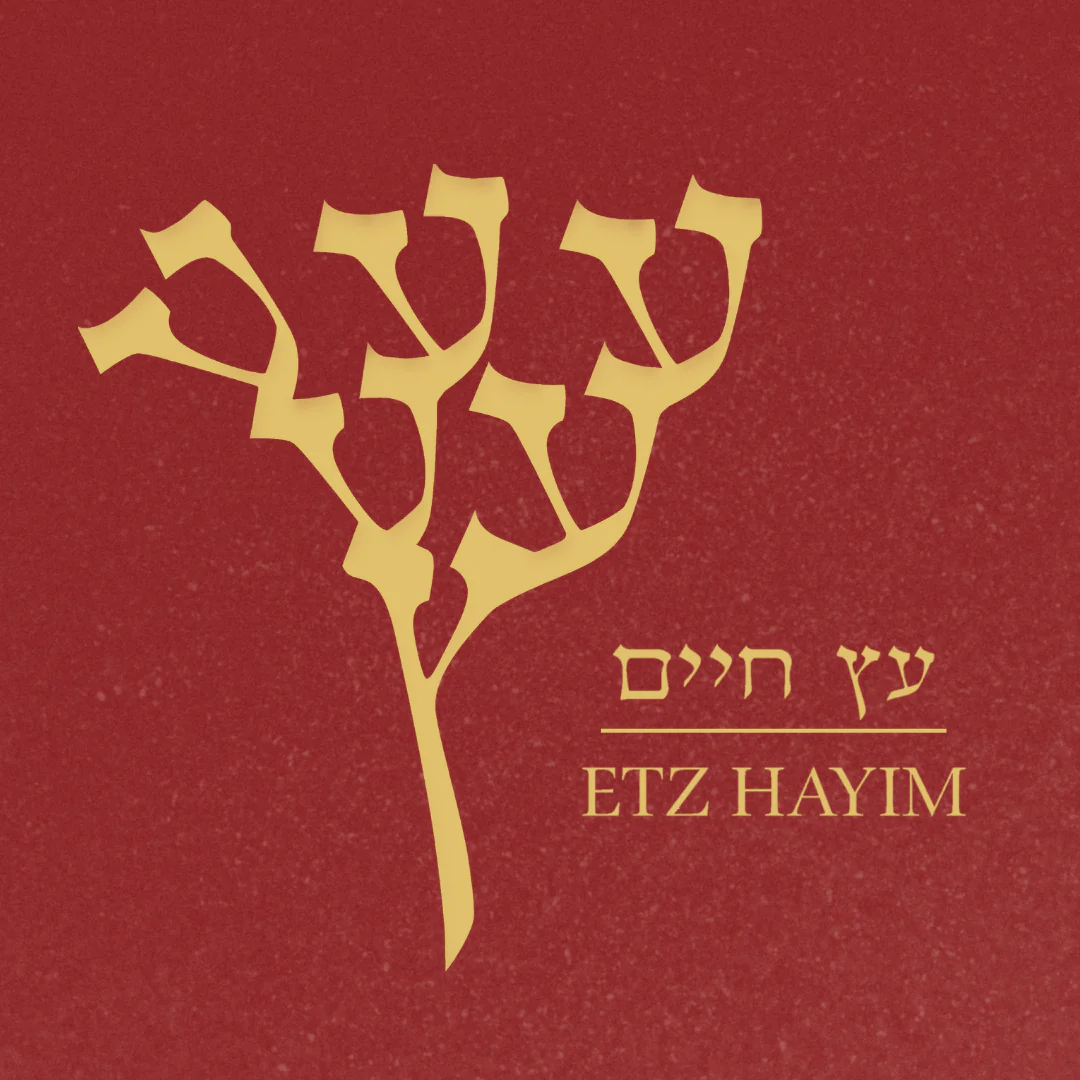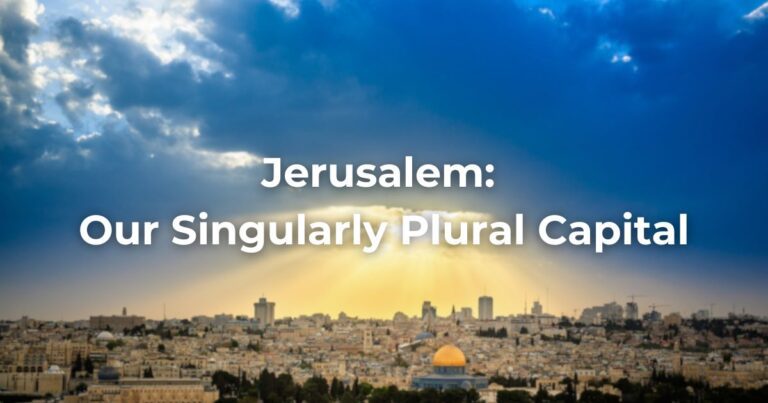2 Kings 4:1-37 (Ashk’nazim)
2 Kings 4:1-23 (S’fardim)
This haftarah presents two miracles performed by the prophet Elisha. In the first miracle, Elisha provides a poor widow with oil, so that she might redeem her children, taken in debt-bondage, and live on the proceeds of the remainder (2 Kings 4:1-7).
In the second, he tells a barren woman that she will give birth to a child, as a reward for her charity. Later, after that child suffers a fatal illness, the prophet restores him to life (2 Kings 4:8-37).
These wonders are part of a cycle of tales about help and healing that commence with the death of Elijah (mid-9th century ʙ.ᴄ.ᴇ.) and the descent of his spirit upon his disciple, Elisha (2 Kings 2:1-15).
At first sight, there seems to be little connection between the miracle of food for a debtor widow and the resurrection of a wealthy woman’s son. Yet the two narratives are intertwined, with intriguing and complex relations.
Food provides the first point of contact. Its absence in the first text is the reason for the miracle of plenty, and its presence in the second text (as charity) is the reason for the announcement of the woman’s pregnancy and giving birth.
Significantly, both narratives include the query “What can I/we do for you?” (2 Kings 4:2 2 Kings 4:13), and the subsequent fulfillment of a request.
The second point of connection revolves around the restoration of children. In the first case, children who had been taken away are restored to their mother; in the second, a child given up for dead is restored to life.
Furthermore, each story uses the same phrase about the enactment of a miracle. In the first, the woman is told to “go in and shut the door behind you” (2 Kings 4:4). In the second account, Elisha himself “went in” to the child’s room (actually his own guest room; 2 Kings 4:21) and “shut the door behind the two of them” (2 Kings 4:33).
Such thematic and verbal patterning suggests a close tie between the two tales. They may draw on a cluster of oral traditions with similar stylistic shaping. Such sharing of motifs within this miracle cycle extends beyond it. For Elisha repeats actions that had been performed by his teacher, Elijah (in 1 Kings 17:7-24).
This haftarah, in its present form, has the character of an artful narrative. Something like this tale of wonders must have circulated among the prophets’ disciples––reworked as retold, restyled as reworked, and eventually written down for generations to come.
Note the recounting of Elisha’s miraculous deed in 2 Kings 8:4-6. Similarly, the great deeds of God, from the Exodus on, were told from mouth to ear, as memory and message, until the day they were collected and inscribed as sacred scripture for all time (see Exodus 10:1-2; Pslams 78:2-8, Pslams 106:2).
Relation of the Haftarah to the Parashah
In the parashah, Abraham at Mamre extends hospitality to three unexpected visitors. Immediately thereafter, he receives the divine promise that “at the same season (la-mo·ed) next year (ka-et ḥayyah)” the barren Sarah will have a child (Genesis 18:14, Genesis 18:10).
There is no statement that this constitutes a reward for hospitality, but in the haftarah, reward for hospitality is an explicit theme. The wealthy woman of Shunem who provides food and lodging for Elisha is rewarded with the announcement that “at this season (la-mo·ed ha-zeh) next year (ka-et ḥayyah), you will be embracing a son” (2 Kings 4:15).
Author
-

Etz Hayim represents the Conservative / Masorti Movement’s reverence for tradition, profound commitment to scholarship and the unique understanding that both are essential to Jewish life.
Published in 2001 in conjunction with the United Synagogue of Conservative Judaism, Etz Hayim is the most celebrated contemporary humashA collection of the Five Books of Moses, Pentateuch, or the Hebrew equivalent. Includes the haftarot readings, and usually contains some commentary. It is often used on Shabbat mornings to help follow the Torah reading. Read more. It features the renowned 1985 JPS translation, as well as an authoritative Hebrew text based on the Masoretic tradition. In the same year it was published, Etz Hayim: TorahRefers to the first five books of the Hebrew Bible, the Tanakh, also called the Five Books of Moses, Pentateuch or the Hebrew equivalent, Humash. This is also called the Written Torah. The term may also refer to teachings that expound on Jewish tradition. Read more & Commentary won a National Jewish Book Award for Non-Fiction.
View all posts




